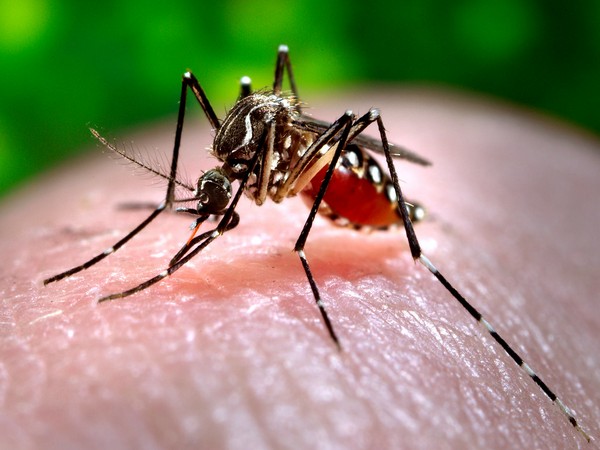Nepal Faces Alarming Surge in Dengue Cases Amid Monsoon Season
Heavy rainfall in Nepal has led to a rise in dengue cases, with Sukraraj Tropical and Infectious Disease Hospital recording an influx of patients. Since January, 11,545 cases and six deaths have been confirmed. Gandaki province is the worst hit, and several districts are in the red zone.

- Country:
- Nepal
Nepal is grappling with a significant surge in dengue cases, triggered by heavy rainfall during the monsoon season. The Sukraraj Tropical and Infectious Disease Hospital (STIDH), the nation's oldest government-run infectious disease treatment facility, has noted a sharp increase in dengue patients.
Bhaleshwor Yadav, the In-charge of the Emergency ward at STIDH, informed ANI, 'On a daily basis, an average of 20 people, all infected with dengue, visit the hospital. Some days see up to 35 fever patients, with nearly 20 confirmed cases of dengue.' Patients now face long lines for Out Patient Department (OPD) tickets and for dengue tests, as the fever clinic grapples with the influx.
Since January, Nepal has reported 11,545 confirmed dengue cases and six fatalities. Gandaki province, particularly Kaski and Tanahun districts, accounts for the highest number of infections. Bagmati Province, including Kathmandu, has recorded 3,178 cases. The Ministry of Health's Epidemiology and Disease Control Division (EDCD) has placed multiple districts, including Kathmandu and Lalitpur, in the red zone.
Dengue haemorrhagic fever, a severe complication, can lead to internal bleeding and a sudden drop in blood pressure, posing a serious health risk. The female Aedes Aegypti mosquito, responsible for spreading the virus, thrives in waterlogged areas, leading to increased infection rates. Symptoms such as high fever, pain behind the eyes, rashes, joint pain, and vomiting are commonly associated with the disease.
Timely diagnosis is crucial to prevent severe complications such as shock and death, which can result from untreated haemorrhagic fever. (ANI)
(With inputs from agencies.)
- READ MORE ON:
- Nepal
- dengue
- monsoon
- STIDH
- Bhaleshwor Yadav
- Gandaki province
- Kaski
- Tanahun
- mosquito breeding
- EDCD










